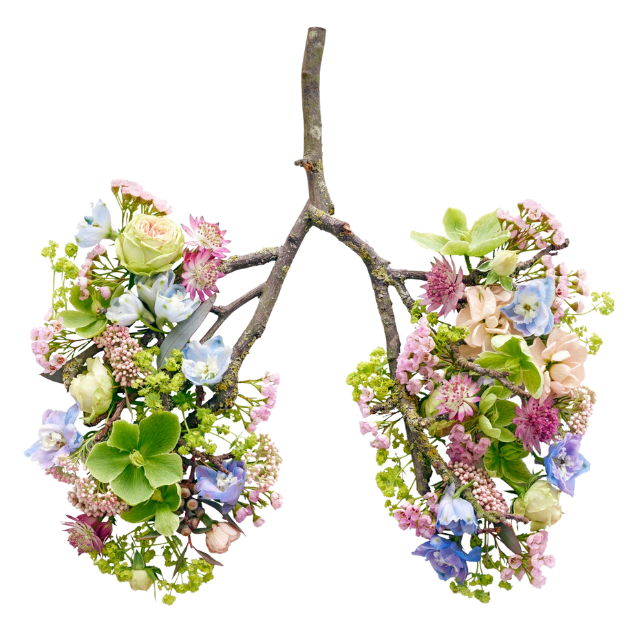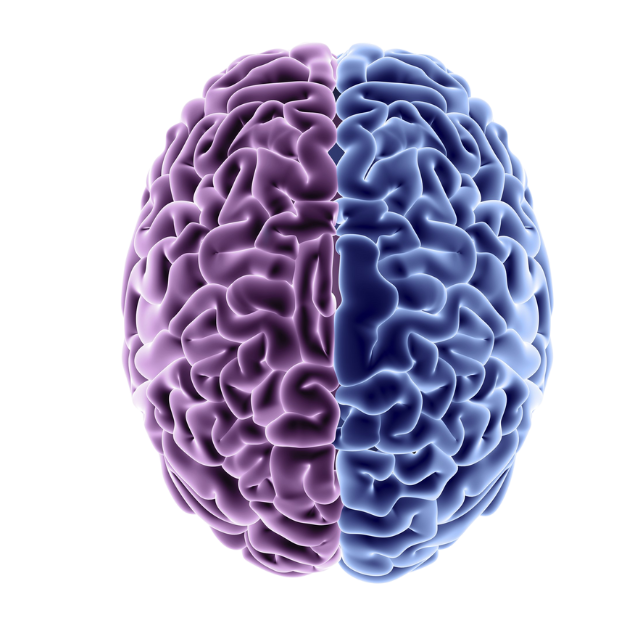Breath is the link between the mind and body; a material or practical way of acknowledging and understanding this inextricable connection. It anchors our awareness and creates profound mental focus that can either relax the nervous system and calm us down or energize it to overcome fatigue.
The foundation of all life, and the whole universe, is the subtle life force energy that yogis call “prana.” It was first referenced in the Upanishads, the ancient traditional texts of Hindu Vedas scripture, the basis of Ayurveda, Tantra yoga and hatha yoga. From Sanskrit, prana translates as “life force energy” or “vital energy.” It’s the reference to the manifest energy of the entire universe; a creative power that’s constantly flowing around us and inside of us. It’s the energy of our consciousness and is responsible for regulating the body’s physical functions. The flow of prana is dictated by the quality and capacity of the nadis energy and chakras energy centers. It affects the quality of our thoughts, emotions and our overall health and well-being.
The recognition of life force energy underlies ancient traditions in the Eastern world. It’s known as ‘chi’ in traditional Chinese medicine and martial arts, ‘ki’ in Japanese philosophy, and ‘lung’ in Tibetan Buddhism.
‘Pranayama’ is the Sanskrit term for controlling this vital energy through various breathing techniques. It binds breath and awareness together to purify our system.
Consider this: Do we pull or push air into our body? Although it feels as if we do one or the other, the answer is neither. Through expanding and contracting the thoracic cavity, we create space for air to move in and out of us. We are not actually breathing, we’re creating space for air to move through us, to be breathed by everything around us. This experience can profoundly enhance our connection to our external world. All we have to do is create space, an opening for life force energy to flow freely. The universe experiences itself through you.
Research shows that any breathing technique that directly slows the breath down to 10 breaths per minute can enhance mental and physical well-being as well as increase longevity, if done regularly. In a meditative state, the breath becomes thin and subtle, slowing from an average of 15-18 breaths per minute to 5-7 per minute.
Controlled breath has been shown to reduce stress, increase alertness and boost the immune system. It’s been shown to reduce symptoms associated with anxiety, insomnia, PTSD disorder, depression and attention deficit disorder. As it moves energy throughout the body, people often note tingling sensations, feelings of clarity, alertness, increased awareness of the mind-body connection, and emotional purging.




